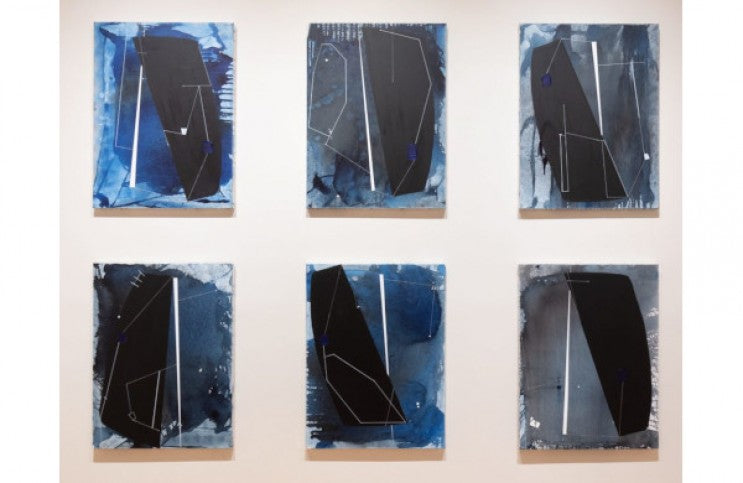
8 Contemporary Abstract Artists To Watch in 2021
2020 was truly apocalyptic, in the original sense of the word: meaning it was a year of revelation about who and what we are. Moving forward, I am curious to know who else, and what else, we might become. I believe the abstract artists to watch in 2021 are the ones acknowledging what we are and what we were, while working fearlessly in the space of not-knowing what might be next. I tend to be drawn more to ab-straction than to narrative art precisely because I am looking for something esoteric in my life-something that goes beyond the stories and structures that have been passed down to me. I am looking for images and objects that will push me to grow; primordial energies, and artists with the courage to make work that initiates the next phase of evolution. I am looking for magic, I guess. The eight artists I profile this week seem to me to represent a glimpse of the multitudinous pathways forward towards a better, or at least different, future-not because they have a specific idea of what that future looks like, but because they are enthusiastically encouraging us to embrace the possibilities that exit within the unknown.
Manuel Mathieu
Born and raised in Haiti during the dangerous post-Duvalier dynasty years, Manuel Mathieu has an intrin-sic understanding of how fleeting life can be. After earning his MFA from Goldsmiths, University of London, he was struck by a motorbike—a nearly fatal accident. After relocating to Montreal, he was in-jured again in another vehicle accident. His studio practice today is immersed in ephemerality. His paint-ings, sculptures, installations, as well as his new body of ceramic works, capture the immateriality of their materials. He has said in interviews that he is completely comfortable admitting that he often does not have any idea what he is doing. That openness to mystery and experimentation has led him to create a haunting, and completely unique body of abstract work.
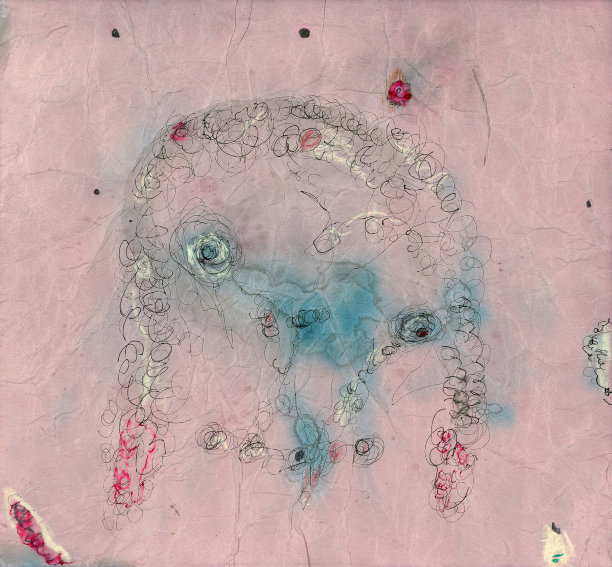
Manuel Mathieu - Curl it if you can. © Manuel Mathieu
Jadé Fadojutimi
Mindscapes is one word that has been used to describe the frenetic, gestural paintings of Jadé Fadojutimi. Deploying the kind of raw emotion and dynamic physicality often attributed to the Abstract Expressionists, Fadojutimi brings that mid-century method screaming into the present. Undeniably full of anxiety, her paintings also brim with the suggestion of hidden possibilities. Tiny glimpses of figures and recognizable forms peer out from among her hand made squiggles and scrapes, offering a hint of the known being furiously and unstoppably hurled into the chasm of mystery.
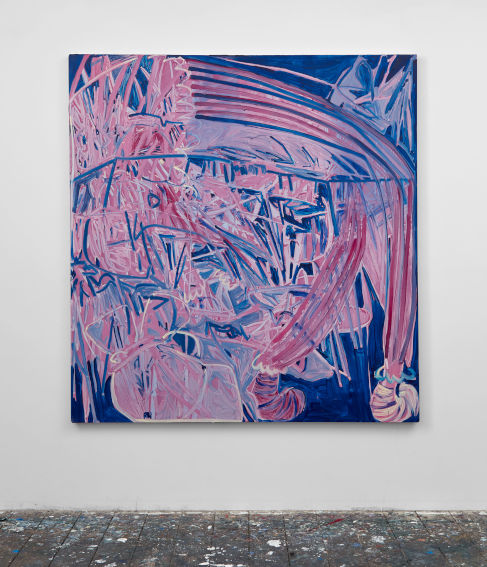
Jadé Fadojutimi - Clumsy. Oil on canvas. 180 x 170cm. © Jadé Fadojutimi
Loie Hollowell
Loie Hollowell stands in a place all her own on the forefront of contemporary feminist abstraction. Her personal visual language of orbs, valleys, yonis, curves, nipples, ripples and tears unmistakably references the female body. Meanwhile, the vibe of mystic symbolism and ancient energy that bursts forth from her heavily abstracted forms lends the work its undeniable visual and emotive power. A master of biomor-phism and color, Hollowell is a torch bearer of the metaphysical potentiality intrinsic to the history of ab-stract painting.
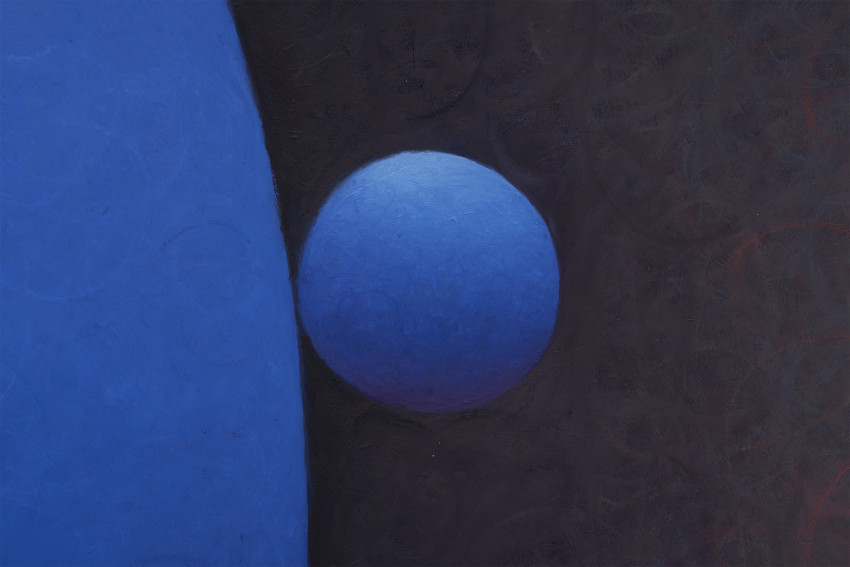
Loie Hollowell - Boob Wheel in blue and yellow, 2020. Oil, acrylic medium, and high density foam on linen over panel. 48” x 36” x 3.75”. © Loie Hollowell
Alteronce Gumby
Alteronce Gumby makes quasi-sculptural paintings that to me feel almost like crucibles—containers, within which immense forces and pressures are at work. Transformation is at the heart of what Gumby is doing, but as far as what the work is transforming into being, he remains open to the possibilities. Gumby compares his practice to the work done by a scientist or a mathematician—every thing starts with a ques-tion or a problem, but the quest for a solution leads always to new questions and new problems. “I always want to brush up against some sort of resolution but never have it fully realized,” he says. His work re-minds us that nothing is ever complete, not even our understanding of where we came from or what we are trying to become.
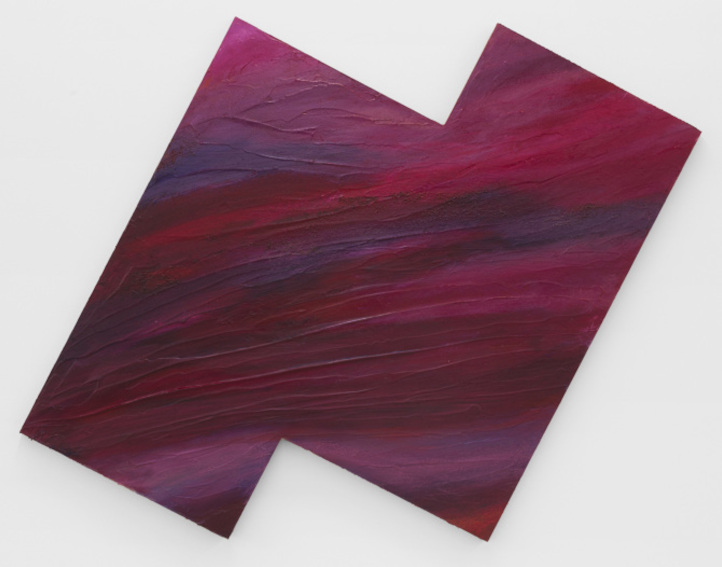
Alteronce Gumby - Between the world and me, 2018. Oil on panel. 54 x 70 inches. © Alteronce Gumby
Tomashi Jackson
What first attracts the eye to a work by Tomashi Jackson is the luminous use of color. What long after-wards attracts the mind is the elegant onslaught of historical references embedded within the layers of the work. By blending Geometric Abstraction and the color theories of Josef Albers with overt, figurative references to racism, Jackson makes works that offer entry points into understanding the ways language and structural teaching shapes the social and cultural fabric through generations.
Li Shurui
Chinese artist Li Shurui masterfully translates for the digital age what centuries of abstract investigations into color and light have so far manifested. Her works almost vibrate, as if they are becoming active sources of energy or light. They seem to glow, as though emanating something from within as much as reflecting something from outside. Shurui expresses a straightforward adoration for the ability of light and space to challenge human perception. Her work embraces the technological aura that dominates our time in a way that finds tranquility within the buzz.
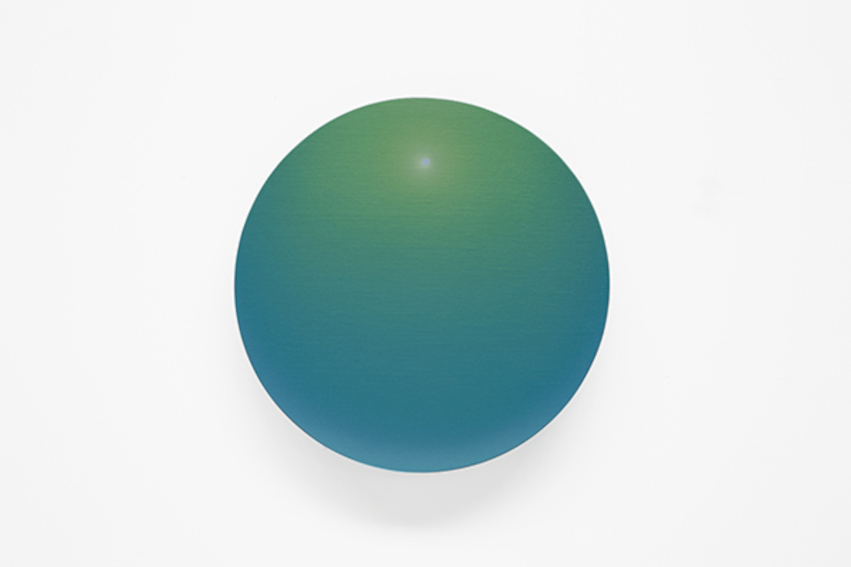
Li Shurui - Orbit No.1, 2019. Acrylic on canvas on board, Φ 30cm. © Li Shurui
Tariku Shiferaw
Ethiopian-born, New York-based artist Tariku Shiferaw has created a body of work that poetically—and at times sublimely—expresses what it is both to be on the outside looking in, and the inside looking out. His recent paintings, sculptures and textile works (including a series of hoodies) use the ubiquitous visual language of bars and slats and layers to deftly mobilize a visual cue that suggest how structures and sys-tems emanate—not necessarily for the best—throughout all areas of life and culture.
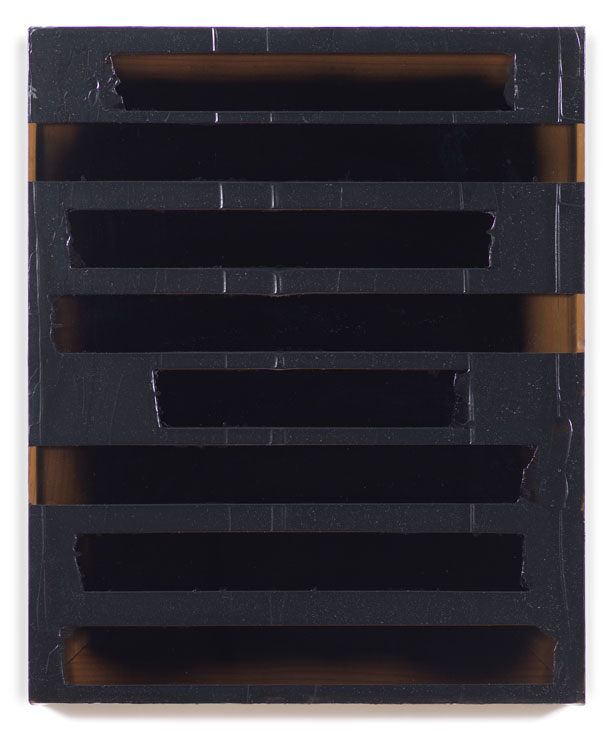
Tariku Shiferaw - Breath And Stop (Q-Tip), 2017. Spray paint, acrylic, vinyl, 22"x18". © Tariku Shiferaw
Torkwase Dyson
Blackness, depth, and cosmic expansion define the stunning body of work for which Torkwase Dyson is becoming known. Her haunting, geometric sculptures seem to represent the infinitude itself—a transcend-ent bundling of the human mind into its deepest recesses. Yet, quiet and stoic, these works just as easily might be read as straightforward, formalist objects, referential only of their own material qualities. Making sublimely beautiful works that stand on the edge of two possibilities—one immersed in spiritual geometry, and the other resistant to deeper understanding—Dyson poetically, and harrowingly, represents the dichotomous possible realities of the post COVID age.
Featured image: Torkwase Dyson: Black Compositional Thought | 15 Paintings for the Plantationocene. New Orleans Museum of Art. © Torkwase Dyson
All images used for illustrative purposes only
By Phillip Barcio






